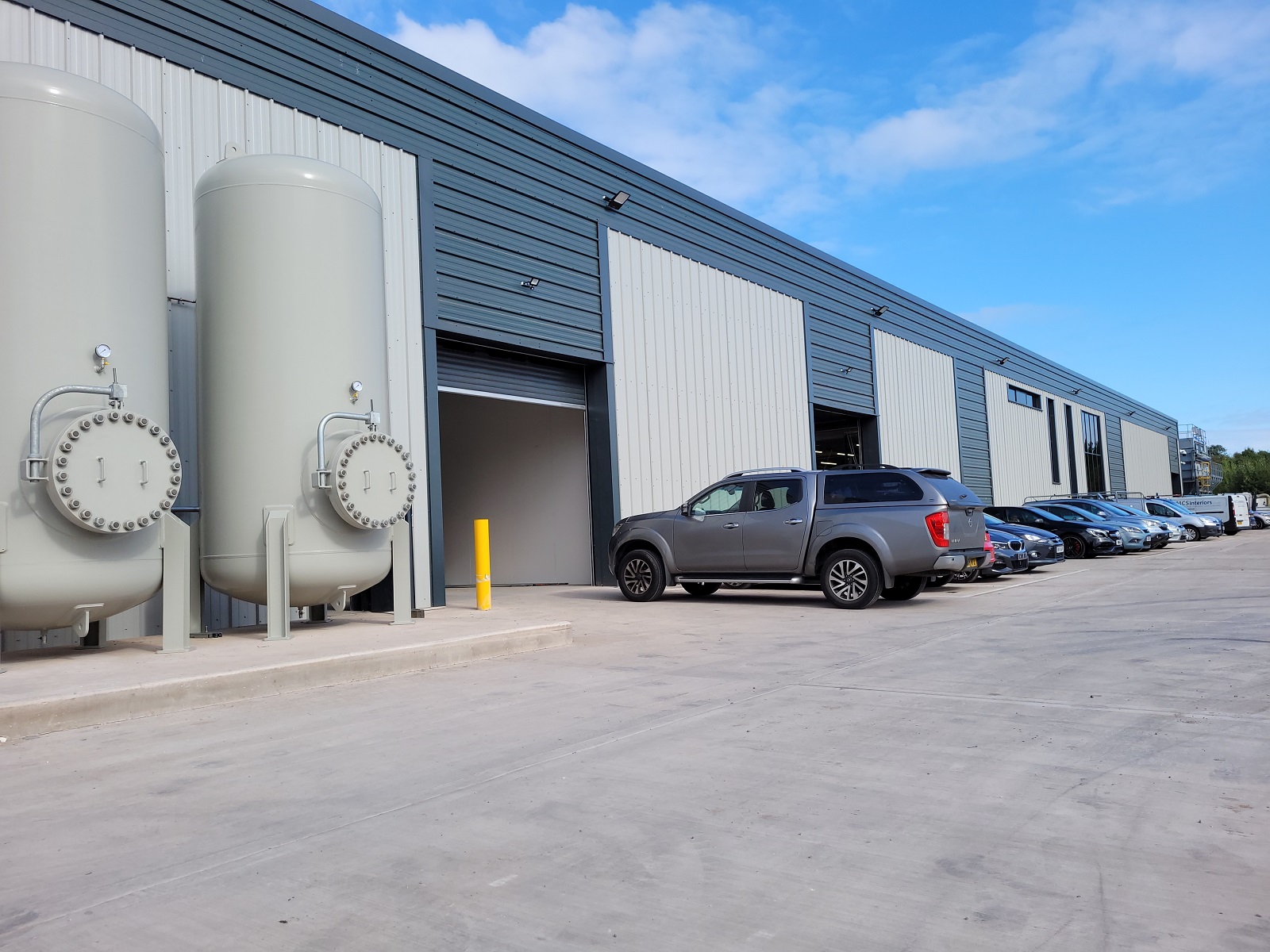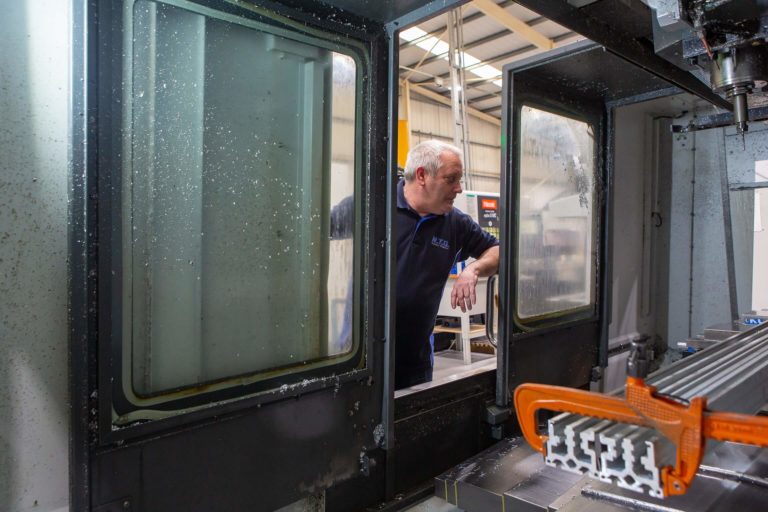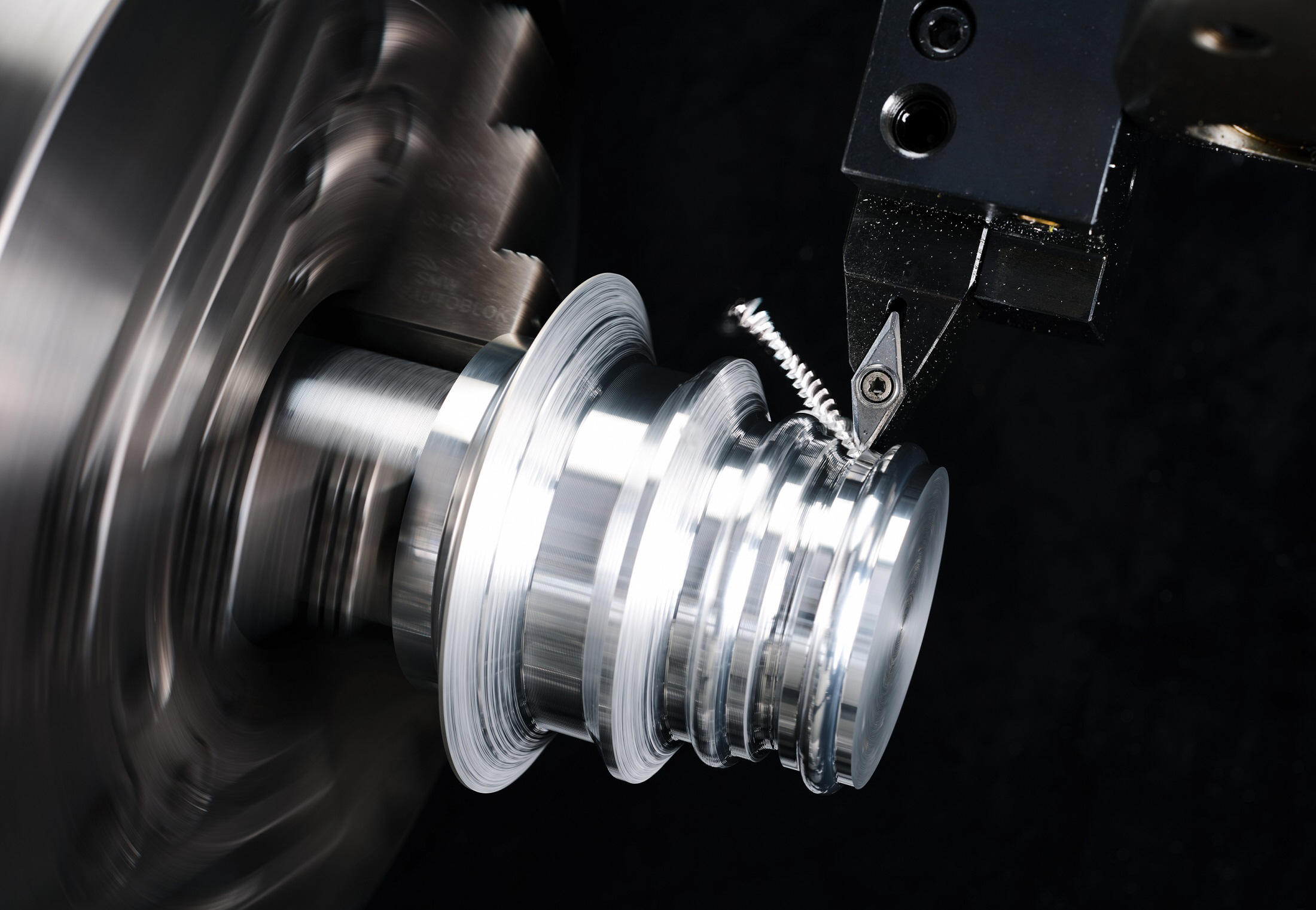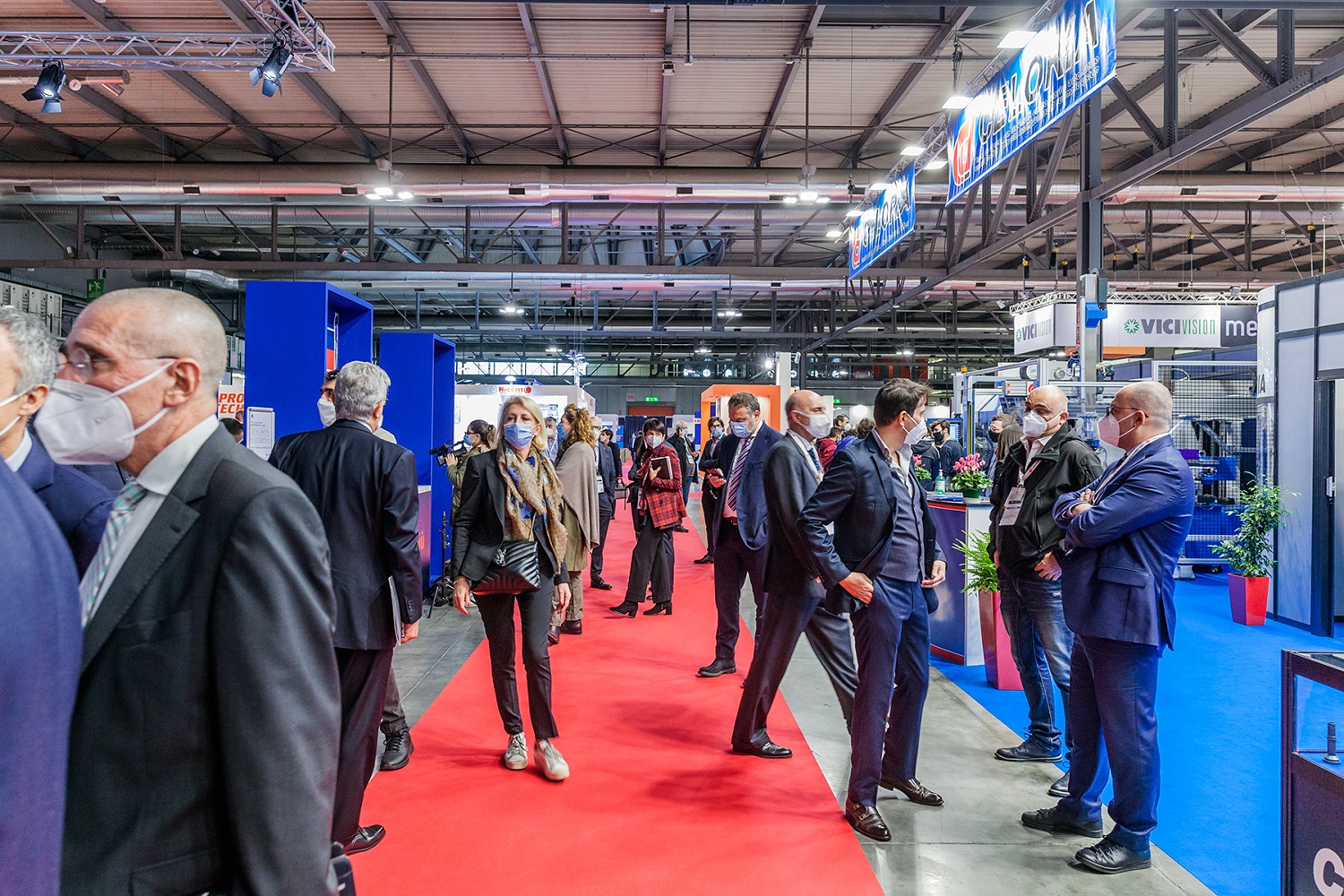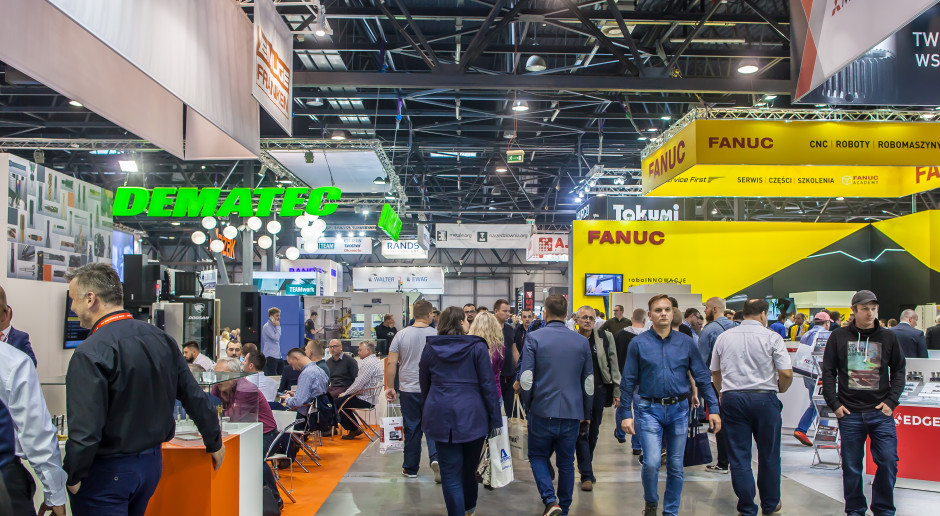Doncasters, a manufacturer of precision alloy components, has invested £7.2m to extend Doncasters Precision Castings – Deritend in Droitwich Spa, UK. The extension will deliver great benefits to the business, including improved parts flow and safety, reduced environmental impact and lead times, and an increased overall capacity that allows the business to invest in advanced technology and local talent.
Until now, Doncasters operated two sites in Droitwich, two miles apart, with different processes taking place at each. Now, the two teams will reunite, improving operations, energy efficiencies and working lives for staff. Over 340 employees will work in the new state-of-the-art facility, with future employment opportunities available for people in the Worcestershire region and beyond.
For further information www.doncasters.com






